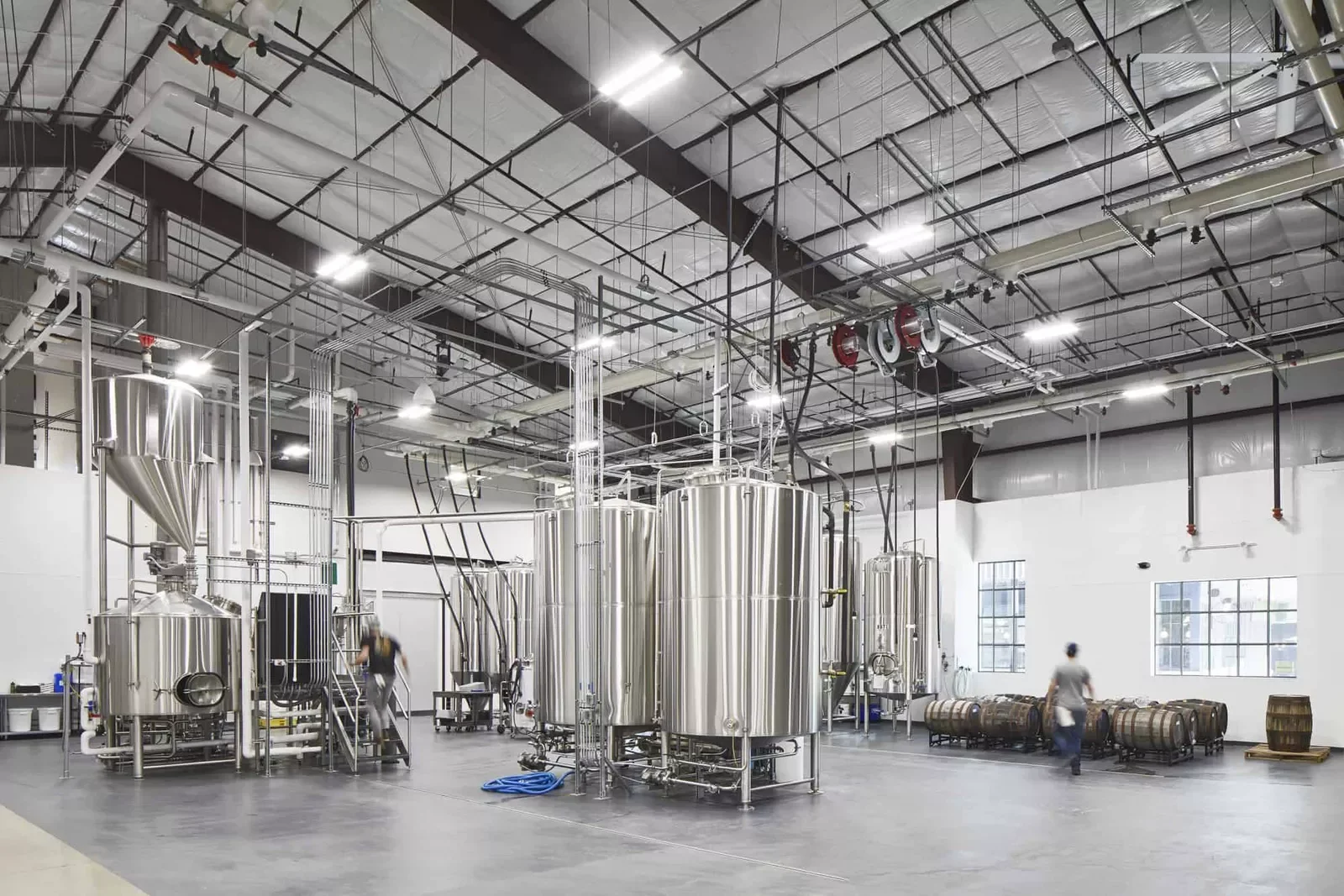I’ve walked into a lot of breweries over the years — some that nailed it, and others that missed it by a mile. You can brew the best beer in the world, but if your space doesn’t carry that same energy, you’re leaving a lot on the table.
Architecture isn’t just walls, plumbing, and concrete. It’s your silent business partner. It shapes how people move, how they feel, and how long they stay. The bar that anchors the room, the light that hits your glass just right, the hum of people connecting — that’s not luck. That’s design doing its job.
Austin’s brewery scene has evolved fast, but what separates the good from the great isn’t just beer quality — it’s the experience. People don’t talk about the steel beams or the drainage plan; they talk about how a place made them feel. The warmth, the layout, the lighting, the sound — all of it adds up.
Good design turns visitors into regulars. Great design makes your space part of the story.
Every inch of your brewery is either working for you or against you.
The right layout can shorten lines, increase capacity, and improve flow behind the bar. We’ve seen breweries grow their seating by 20% without adding square footage — just by rethinking circulation.
That’s not theory. That’s the value of design that actually works.
When your architecture supports your operations, your people work smarter, and your guests stay longer. Every decision — where the taps are, how the light moves, what materials you touch — quietly drives revenue.
Most brewery projects start with great intentions: solid budget, good equipment, reasonable goals. Then design takes a backseat.
That’s where the disconnect starts.
When the tasting room feels like an afterthought, your brand disappears. When every brewery around town looks like a metal box with a bar, differentiation dies.
Common misses we see:
– No separation between production and guests.
– Poor acoustics that kill atmosphere.
– Tap walls with no purpose.
– Lighting that flattens the mood.
– No plan for expansion.
Design fixes these problems before they happen. It’s the difference between “good enough for now” and “built for what’s next.”
The best brewery spaces balance the technical and the emotional. Sure, your workflow, drainage, and durability matter — that’s baseline. But the real connection comes when your space starts to speak your brand.
If your beer is bold and unfiltered, the space should feel the same.
If your brand is refined and modern, your materials should echo that.
Design isn’t just form and function — it’s storytelling in physical form.
That’s what we do. We design architecture that brews connection.
Austin is carving out its own identity in the brewery world. We’re not Portland or Asheville — we’re Austin. And that means creativity over conformity.
We’ve helped turn plain metal buildings into spaces that feel like craft.
Not by throwing money at finishes, but by being intentional — with texture, light, proportion, and flow.
The market’s crowded now. The next wave of breweries that stand out won’t do it with gimmicks. They’ll do it with design that feels right — honest, functional, memorable.
People remember how a place made them feel. They’ll drive past three other breweries to come back to the one that got it right.
Design isn’t decoration — it’s a business strategy. Done well, it strengthens your brand, builds loyalty, and pays for itself every day the doors are open.
That’s what we build. Spaces that pour as much heart as the people behind the bar.
Happy Brewing,
Stephen O
